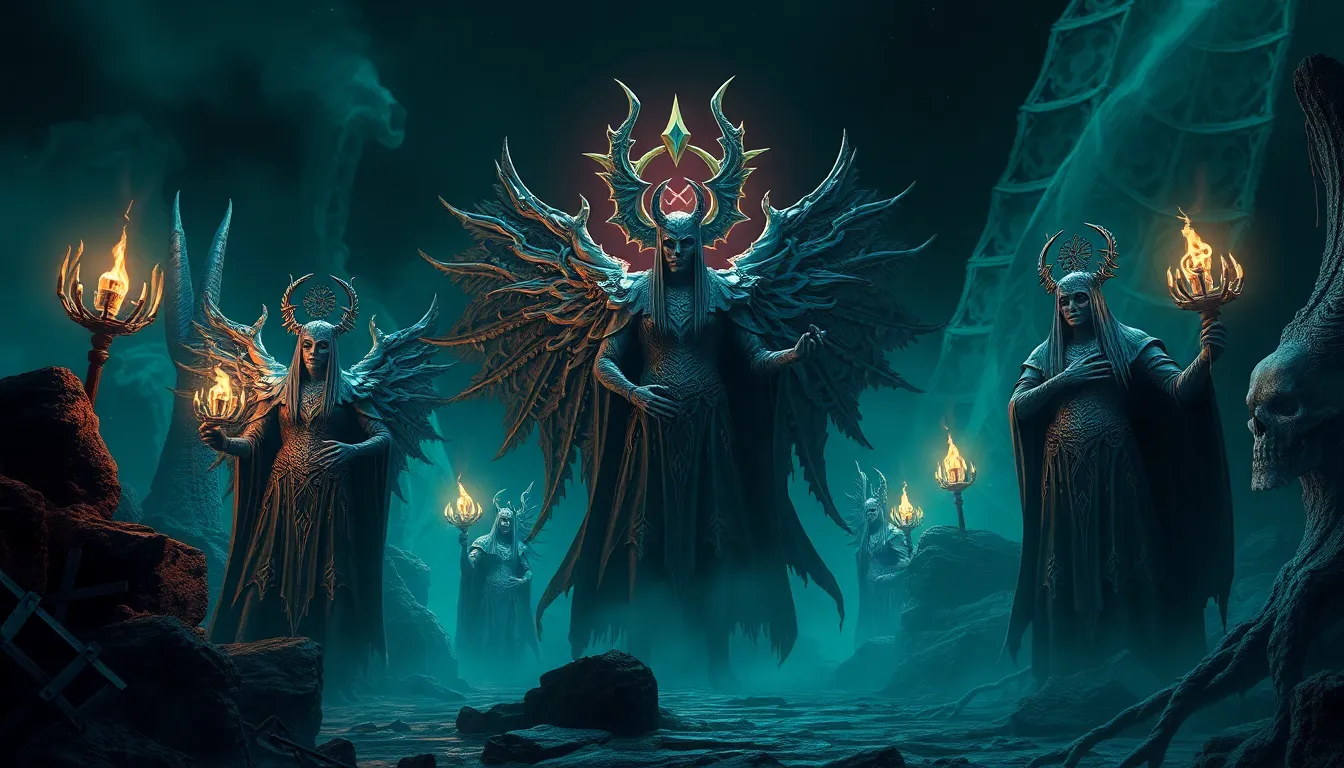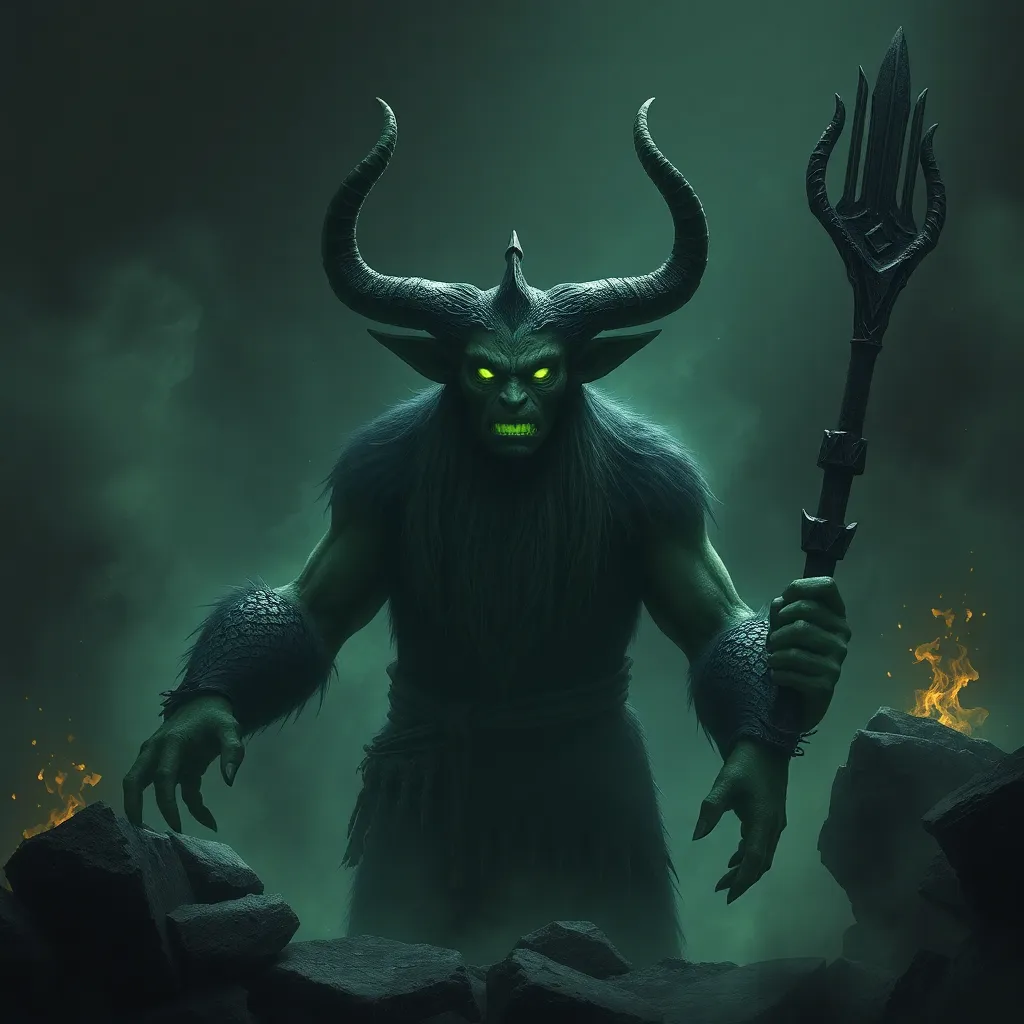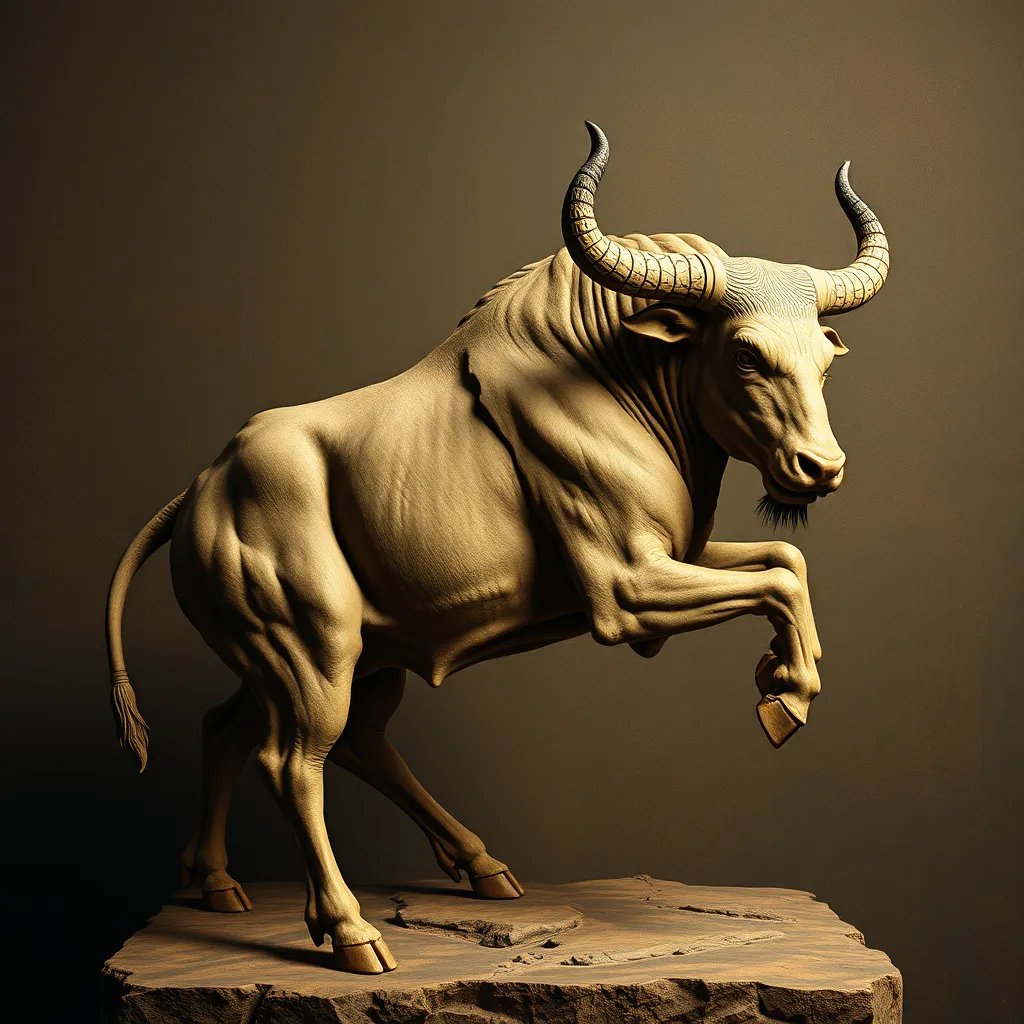Guardians of the Underworld: Celestial Beings in the Realm of the Dead
I. Introduction
Celestial beings, often depicted as divine or supernatural entities, hold significant roles in various mythologies around the world. These beings are frequently associated with the transition from life to death, guiding souls through the underworld and ensuring safe passage in the afterlife. The underworld, a common theme in cultural narratives, serves as a realm where souls undergo judgment and transformation, reflecting humanity’s age-old questions about existence beyond death.
II. Historical Context of the Underworld
Throughout history, different civilizations have developed intricate beliefs about life after death. These beliefs shaped their understanding of the underworld, which varied widely across cultures.
Notable aspects of this evolution include:
- Ancient Egypt: The Egyptians believed in a detailed afterlife journey overseen by deities like Osiris, who judged the souls of the deceased.
- Mesopotamia: The underworld, known as Kur, was viewed as a dreary place where souls existed in a shadowy state, lacking the joys of the living world.
- Greek Mythology: The Greeks personified the underworld through Hades, who ruled over the realm of the dead, and Charon, the ferryman who transported souls across the river Styx.
III. Types of Celestial Beings in the Underworld
Celestial beings in the underworld can be classified into various categories based on their roles and attributes:
A. Deities and Their Attributes
Several prominent deities oversee the underworld:
- Osiris: Egyptian god of the afterlife, symbolizing resurrection and eternal life.
- Hades: Greek god of the underworld, representing both death and the riches of the earth.
B. Lesser-known Guardians and Their Significance
Aside from major deities, many lesser-known beings play crucial roles, such as:
- Anubis: The jackal-headed Egyptian god who presided over mummification and the protection of graves.
- Yama: The Hindu god of death who judges the souls of the deceased.
C. The Role of Spirits and Entities in Guiding Souls
Many cultures also believe in spirits that assist souls in their journey through the afterlife, acting as guides or protectors during this transformative process.
IV. The Role of Guardians in the Afterlife Journey
Celestial beings serve essential functions in the afterlife journey:
A. Functions of Celestial Beings in Protecting and Guiding Souls
These guardians protect souls from malevolent forces and guide them through trials, ensuring safe passage to their final resting place.
B. Rituals and Practices Associated with These Guardians
Ancient civilizations performed various rituals to honor these guardians:
- Funerary rites to appease deities and ensure safe passage.
- Offerings made to spirits for guidance and protection.
C. Symbolism of Guardianship in Spiritual Beliefs
Guardians symbolize hope, safety, and the continuity of life, reflecting humanity’s desire for comfort in the face of mortality.
V. Comparative Analysis of Underworld Guardians
When comparing guardians across cultures, several similarities and differences emerge:
A. Similarities and Differences Across Cultures
For instance, while Anubis and Charon both serve as guides for souls, their attributes and cultural significance vary widely. Anubis emphasizes the importance of mummification and preservation, while Charon reflects the Greek focus on the journey across the Styx.
B. Influence of Geography and Culture on Guardian Archetypes
The geography and cultural contexts significantly influence the characteristics and functions of these guardians, leading to unique interpretations.
C. Cross-Cultural Exchange and Adaptation of Beliefs
As cultures interacted, their beliefs about the afterlife and celestial beings often blended, creating new interpretations and practices.
VI. Modern Interpretations and Representations
In contemporary society, celestial beings are often depicted in literature, film, and art, reflecting ongoing fascination with the themes of death and the afterlife.
A. How Contemporary Literature and Media Depict Celestial Beings
Modern stories frequently reinterpret traditional myths, presenting celestial beings in new and varied lights, often as complex characters with human-like traits.
B. The Impact of Modern Spirituality on Ancient Beliefs
Today’s spiritual movements often draw inspiration from ancient beliefs, reimagining celestial guardians as symbols of personal empowerment and guidance.
C. The Resurgence of Interest in Underworld Mythology in Popular Culture
Movies, video games, and books increasingly explore themes of the underworld, sparking renewed interest in these ancient myths.
VII. The Psychological and Philosophical Implications
The presence of celestial guardians in mythologies offers profound insights into human psychology and philosophy:
A. The Significance of Celestial Guardians in Coping with Death
These beings often help individuals confront their fears regarding death, providing a framework for understanding mortality.
B. Insights into Human Fear, Hope, and the Quest for Meaning
Celestial beings embody humanity’s hopes for an afterlife and the search for meaning, offering comfort in the face of uncertainty.
C. The Role of Mythology in Shaping Our Understanding of Mortality
Mythology serves as a vital tool for exploring existential questions, helping societies navigate the complexities of life and death.
VIII. Conclusion
In summary, celestial beings in the underworld play crucial roles in various mythologies, guiding and protecting souls as they transition from life to death. Their enduring legacy reflects humanity’s deep-seated fears and hopes regarding mortality, continuing to resonate in modern interpretations and cultural narratives. As we explore these diverse beliefs, we gain valuable insights into the human experience and the timeless quest for understanding the afterlife.




